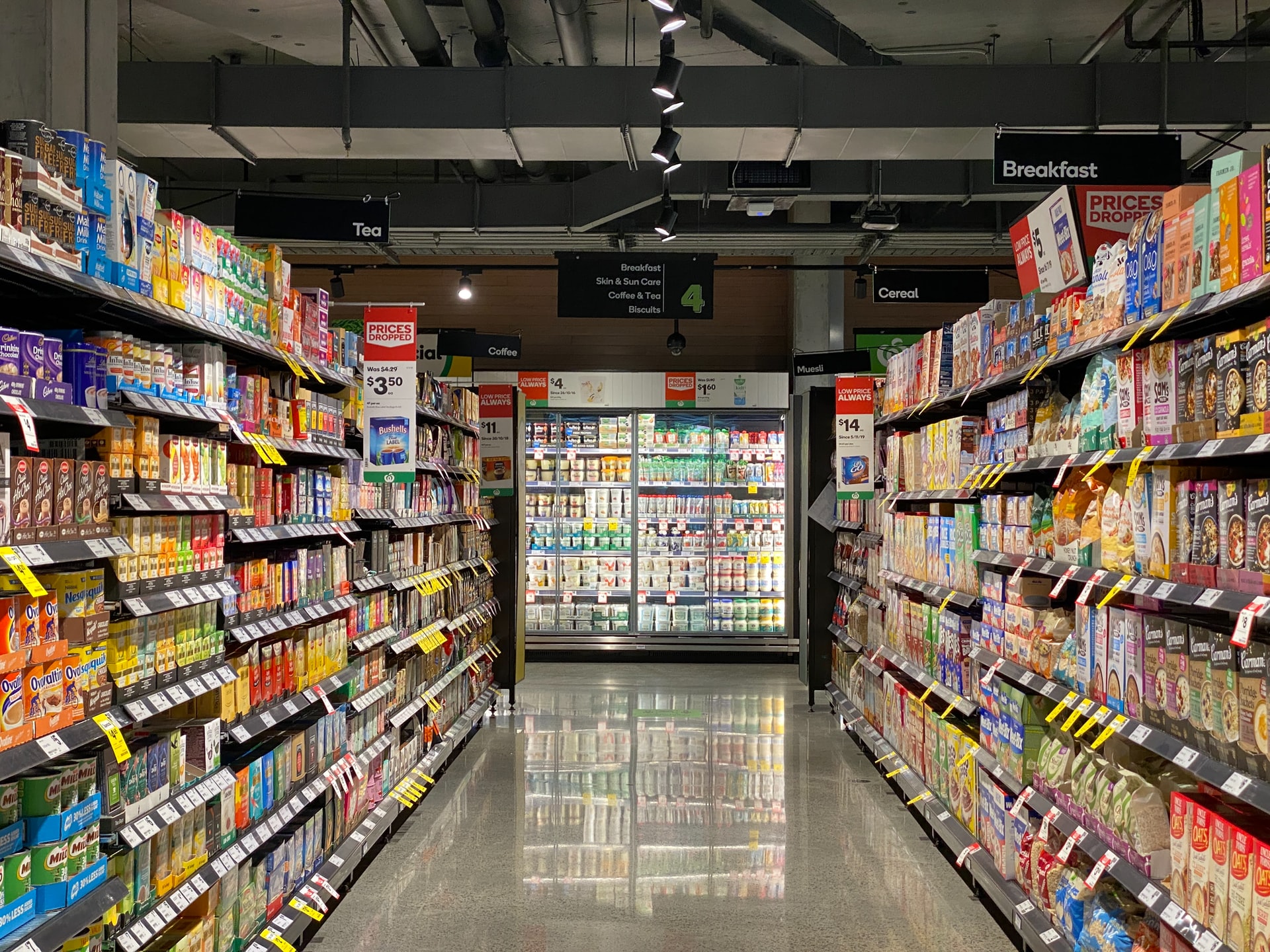Your Ultimate Guideline for Cost-Effective Grocery Items
 On average, the cost of groceries per month ranges from $150 to $300 per person, depending on lifestyle and age. And while some individuals can comfortably spend this amount of money every month, others struggle to come up with such funds.
On average, the cost of groceries per month ranges from $150 to $300 per person, depending on lifestyle and age. And while some individuals can comfortably spend this amount of money every month, others struggle to come up with such funds.
If you have a shoestring budget or live paycheck to paycheck, it’s crucial to implement the right strategies when grocery shopping. You need to carefully select the items you put into your cart, so you can make filling, healthy and delicious foods without going beyond your budget.
Looking for ideas? Here is your guideline to score cost-effective grocery items.
Table of Contents
1. Be Smart When You Shop Groceries
In an attempt to haul in new buyers and retain old ones, many groceries offer deals and discounts. While some groceries offer these once a week, others do so every month or two.
To buy cost-effective grocery items, schedule your grocery shopping depending on when your local groceries offer discounts. This is a simple effort but can go a long way in making sure that you stick to your budget and still buy all of the necessities for your home.
Most groceries now are on store weekly ads where you can keep track of when certain items are on sale. Regularly check these ads, so you can buy your essentials at a cheaper price.
2. Buy Items in Bulk
Another way to get cost-effective items is to buy them in bulk. Instead of buying meat in smaller quantities, buy them in bulk to save more money in the long run. If possible, order meat in bulk from a meat supplier. If you don’t have sufficient space in your fridge to store meat, consider splitting the order with a friend.
You can also save more money by chopping meat at home. Experts recommend buying roasts and then chopping them into chunks and fresh pork loin into loin chops.
3. Use Coupons
Grocery stores offer coupons to buyers for many reasons. One, coupons help them keep their buyers engaged, and two, coupons enable them to market new products. Coupons also help encourage loyalty among buyers.
Coupons can be your best friend when grocery shopping, so make sure to collect some. You can find several coupons in your favorite grocery store’s newsletter or their websites.
Once you have coupons, use them wisely by combining them with cash-back rewards apps, signing up for store savings cards, and knowing the deals and sales patterns of your local grocery stores. It’s also important to organize your coupons to maximize savings.
4. Remain Loyal
Loyalty is essential in different aspects of life — and that includes where you shop for groceries. Although it can be tempting to shop anywhere, aim to buy from one grocery store only. This will qualify you for the store’s loyalty program where you’ll rack up rewards and receive updates about their latest promotions.
Some grocery stores will even offer generous markdowns and give freebies to members of their loyalty programs. This will significantly lower your grocery costs while increasing your purchasing power.
5. Avoid Buying Pre-Packaged Items
Preparing meals from scratch is time-consuming and daunting, which is why your grocery list probably includes several pre-packaged items. However, buying pre-packaged items can only hurt your bank account as they’re more expensive.
Cross off pre-shredded and pre-cut veggies from your grocery list and opt to buy whole items. Sure, preparing these will require time and effort, but on the bright side, it allows you to save more money. Plus, buying whole foods can encourage you to be more creative in your meal prep!
6. Choose Generic Brands
It’s common for grocery stores to place brand items at eye level to easily tempt buyers to add them to their grocery carts. If you’re guilty of falling victim to this type of marketing, change your ways by choosing generic brands.
When grocery shopping, look for items placed at the bottom or top of the shelves. This is where you’ll see generic brands — like the store’s own line — that are cheaper and work the same as high-cost items.
7. Choose Your Fruits and Vegetables Wisely
Saving money on grocery shopping will not require you to compromise your health and wellness. As long as you know when and what fruit to buy, you can stay physically and financially healthy.
Purchasing seasonal fruits and vegetables is a great way to save money on groceries. Just make sure to thoroughly research before buying, so you’ll know which fruits and vegetables are in season.
Your Consistency Counts
To save the most amount of money when grocery shopping, remain consistent with your efforts. This means that you have to incorporate all of the tips mentioned here into your lifestyle and follow them every time you’re stocking on groceries. The more consistent you are in doing these, the easier it’ll be for you to buy cost-effective grocery items!









